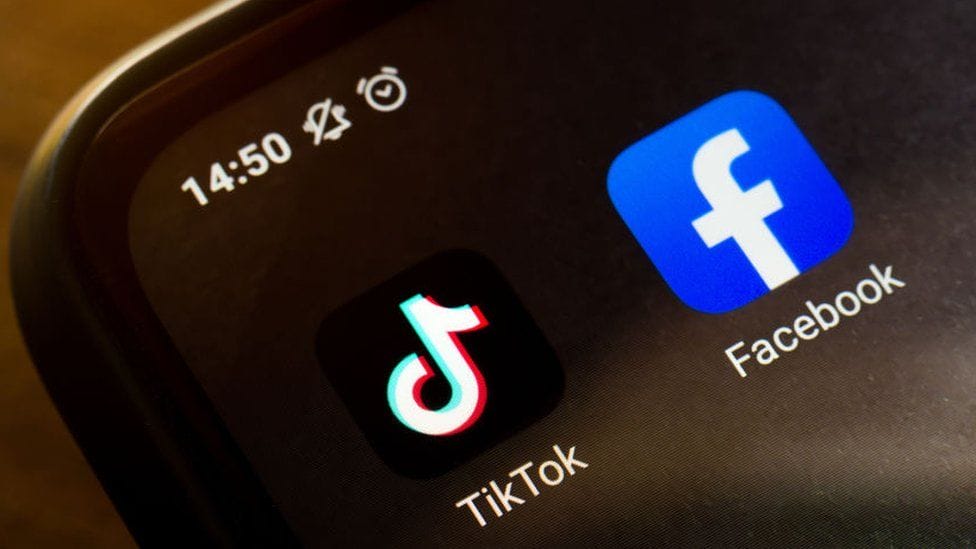Facebook, TikTok and Twitter seem to be increasingly connecting users with brands and influencers. To restore a sense of community, some users are trying smaller social networks.
By Brian X. Chen || The New York Times
Today, Instagram and Facebook feeds are full of ads and sponsored posts. TikTok and Snapchat are stuffed with videos from influencers promoting dish soaps and dating apps. And soon, Twitter posts that gain the most visibility will come mostly from subscribers who pay for the exposure and other perks.
Social media is, in many ways, becoming less social. The kinds of posts where people update friends and family about their lives have become harder to see over the years as the biggest sites have become increasingly “corporatized.” Instead of seeing messages and photos from friends and relatives about their holidays or fancy dinners, users of Instagram, Facebook, TikTok, Twitter and Snapchat now often view professionalized content from brands, influencers and others that pay for placement.
The change has implications for large social networking companies and how people interact with one another digitally. But it also raises questions about a core idea: the online platform. For years, the notion of a platform — an all-in-one, public-facing site where people spent most of their time — reigned supreme. But as big social networks made connecting people with brands a priority over connecting them with other people, some users have started seeking community-oriented sites and apps devoted to specific hobbies and issues.
“Platforms as we knew them are over,” said Zizi Papacharissi, a communications professor at the University of Illinois-Chicago, who teaches courses on social media. “They have outlived their utility.”









